I recently posted this question and figured out the direct solution (that being, I was able to cancel a promise/request when the route changed). However, I'm encountering another, related problem that I think belongs in a separate question so here it goes:
I'm able to abort my promise when the route changes just fine (as you can see from the question I linked). However, for some strange reason, any other requests on the other route are delayed when resolving. See my dev tools screenshot below.
Here's the scenario: I load route A, which makes the call to /api/categories and you can see it takes 30ms which is normal. Then I navigate to route B, then before it's done loading I return to route A. When I return, the call to /api/categorySites/1 is cancelled, and you can see when that happens as the gray bar ends. This is done by aborting the promise. However, back on route A again, the call to /api/categories doesn't resolve until that gray dot appears again on the request that was cancelled. That second call to /api/categories shouldn't take 2.23s, it should be closer to 30ms.

What's going on here? I would think the second Route A request would be just as fast as before. I need to get this to work faster. My code is in this question. Let me know if you think I should include it again here. It's hard for me to imagine this isn't a common problem too...